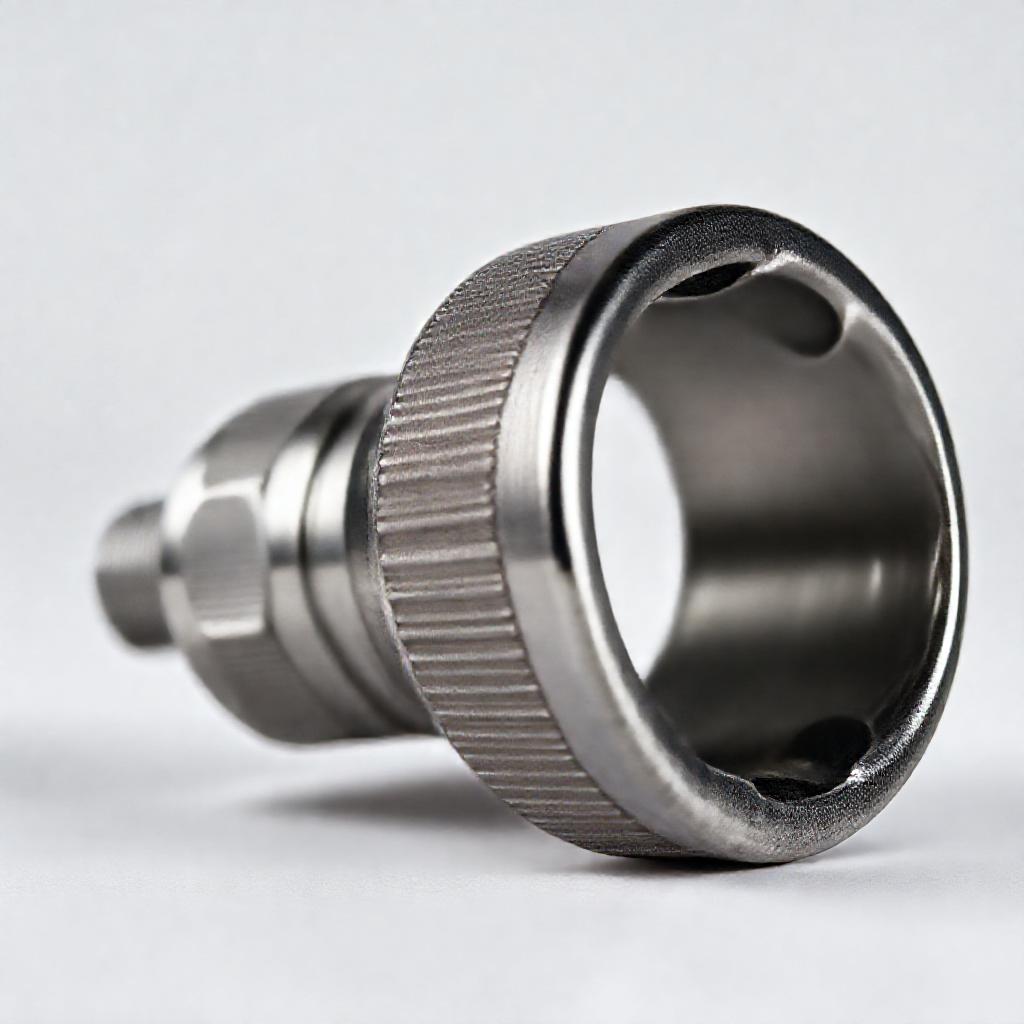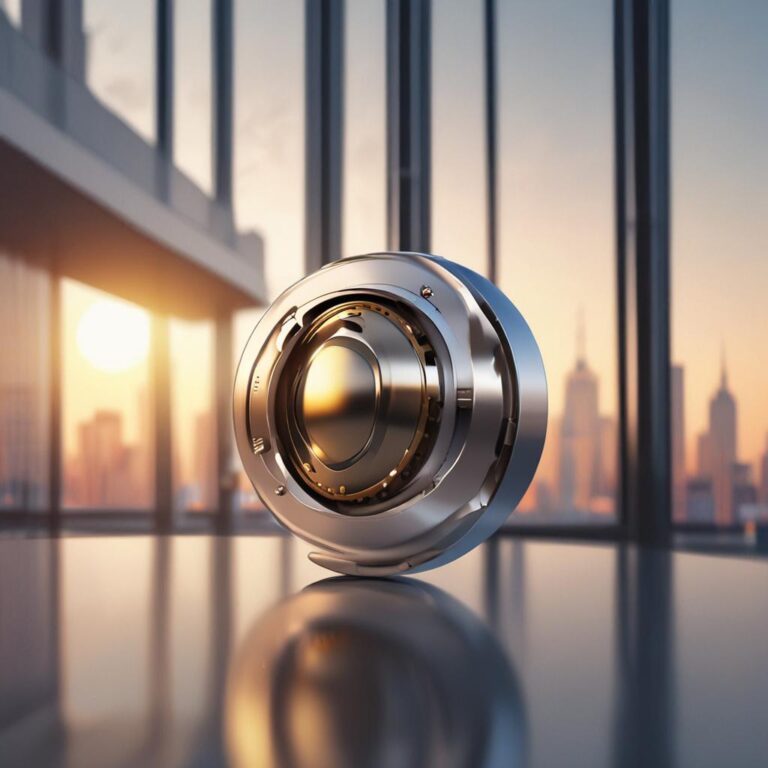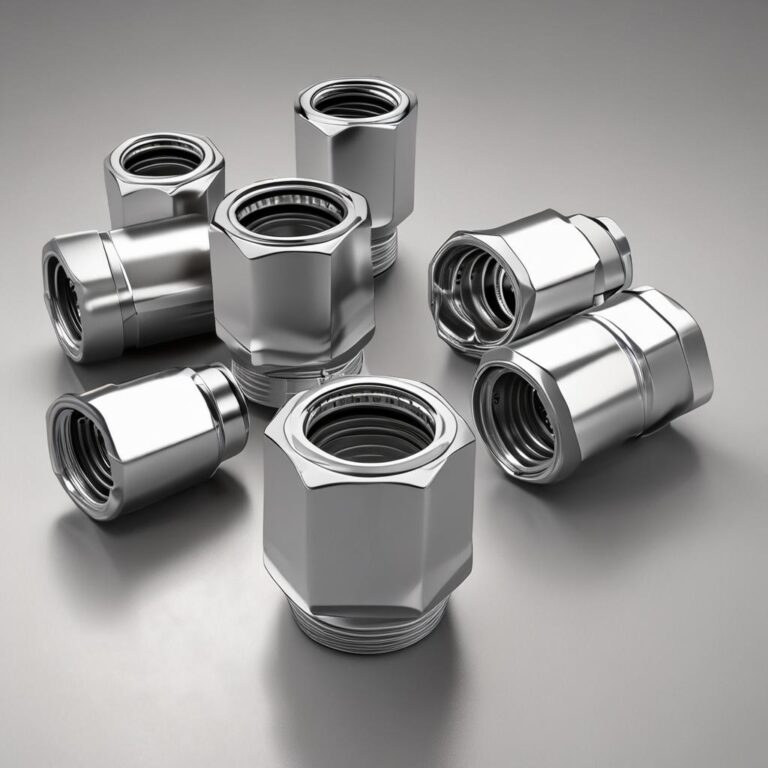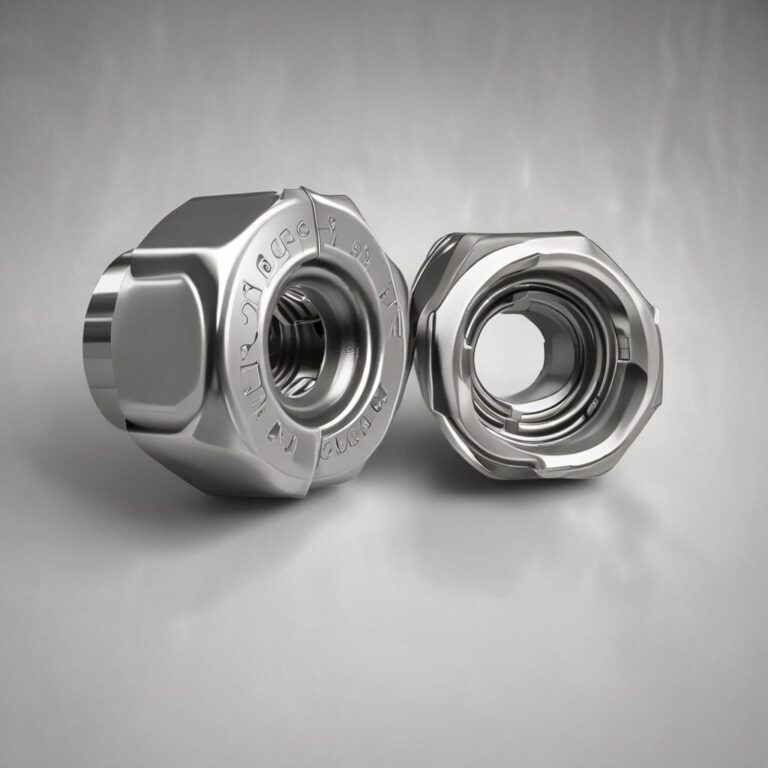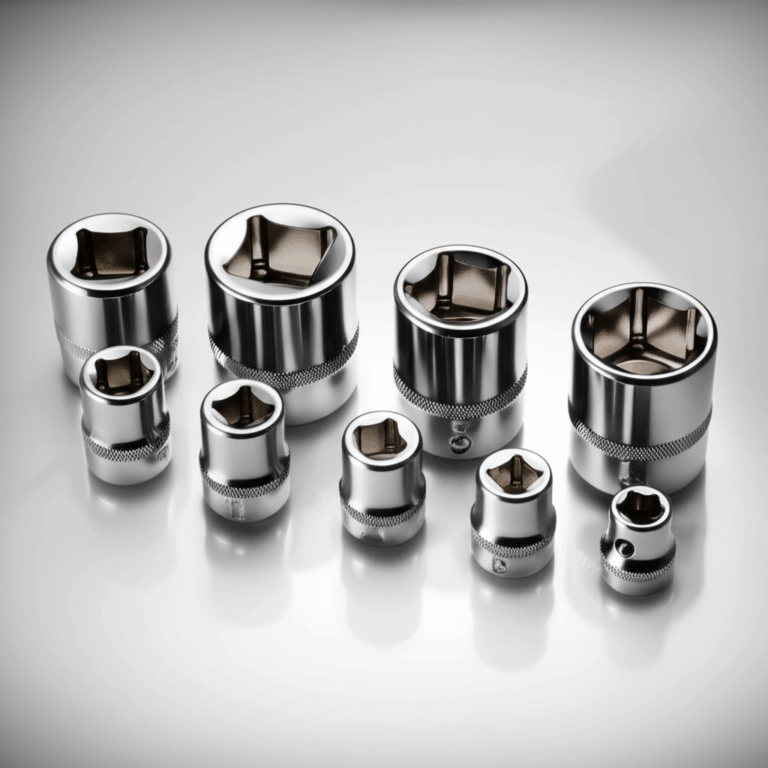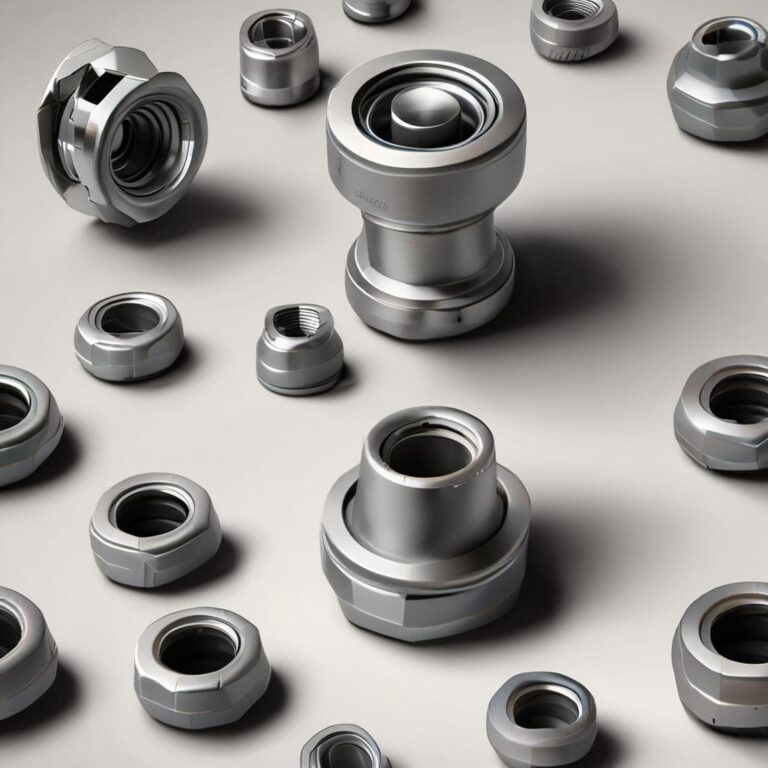Drive Universal Joint Socket
Here’s your complete, well-structured blog post on “Drive Universal Joint Socket” following the provided guidelines:
—
Drive universal joint sockets are essential components in mechanical and automotive systems, enabling efficient power transmission at varying angles. Whether you’re working on a vehicle, industrial machinery, or robotic equipment, understanding these sockets is crucial for optimal performance and durability. In this guide, we’ll explore the types, applications, selection criteria, installation tips, and maintenance practices to help you make informed decisions when choosing or maintaining a drive universal joint socket.
What Is a Drive Universal Joint Socket?
A drive universal joint socket is a mechanical coupling that connects two rotating shafts at an angle, allowing them to transmit power smoothly without binding. It consists of key components like yokes, bearings, and a cross shaft (or spider), which work together to accommodate angular misalignment. These sockets are vital in applications where shafts are not perfectly aligned, such as in automotive drivetrains or industrial conveyors.
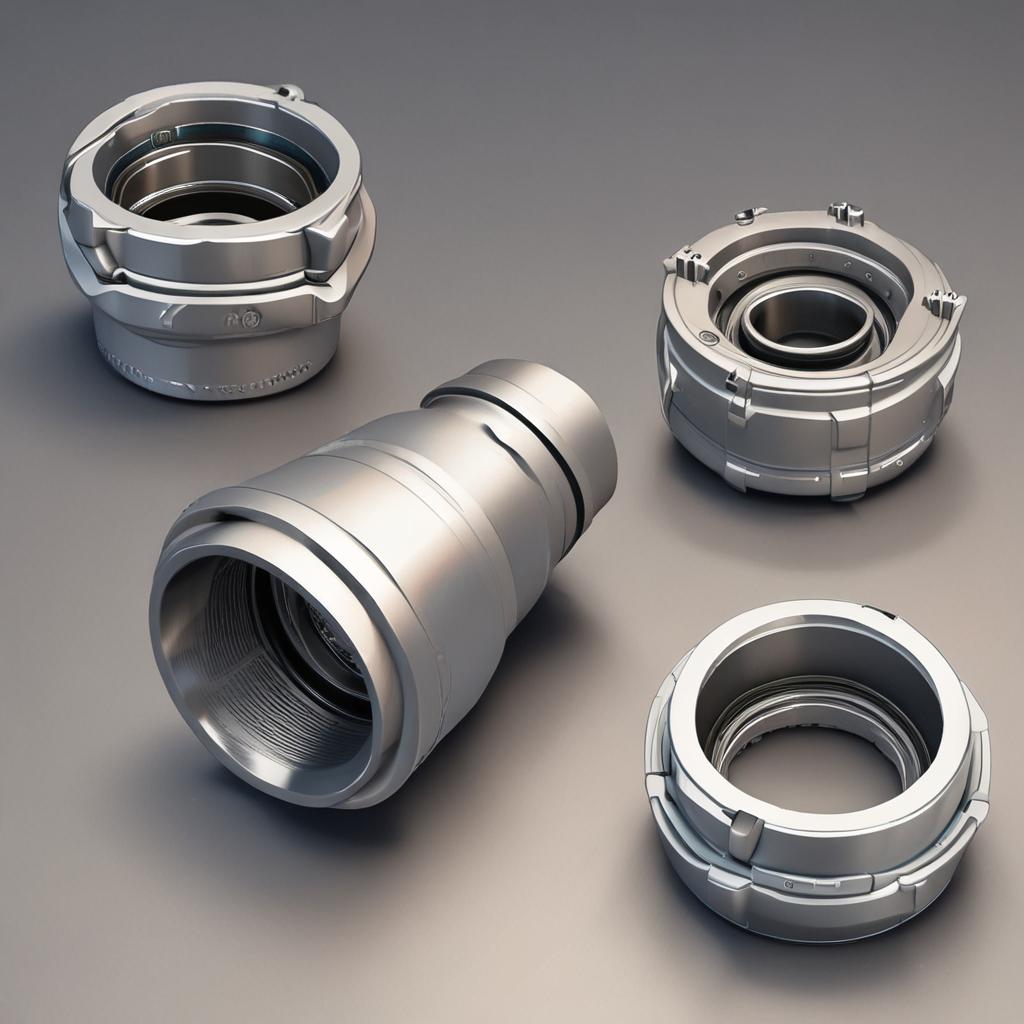
Common Applications
- Automotive: Used in driveshafts to transfer power from the transmission to the wheels, even when the vehicle is turning.
- Industrial: Found in heavy machinery, conveyor systems, and pumps where shafts must operate at different angles.
- Other Uses: Marine propulsion systems, aerospace actuators, and robotic arms rely on universal joints for flexible movement.
Types of Drive Universal Joint Sockets
Single vs. Double Universal Joints
Material Considerations
Fixed vs. Foldable Sockets
Comparison table for Fixed vs. Foldable Sockets
Key Features to Consider When Selecting a Drive Universal Joint Socket
Load Capacity & Torque Rating
Choose a socket that matches the torque requirements of your application to prevent premature failure. Check manufacturer specifications for load limits and ensure compatibility with your system.
Angle of Operation
Most universal joints operate efficiently at angles between 0° and 45°. Exceeding this range can cause binding, increased wear, or reduced lifespan.
Maintenance & Durability
Regular lubrication and inspections extend the life of the joint. Look for signs of wear, such as vibrations or unusual noises, which may indicate the need for replacement.
How to Install & Maintain a Drive Universal Joint Socket
Step-by-Step Installation Guide
Gather Tools: Wrenches, grease, and alignment tools.
Align Shafts: Ensure the yokes are properly aligned to avoid stress on the joint.
Secure Connections: Tighten fasteners evenly to prevent misalignment.
Maintenance Tips
Common Problems & Troubleshooting
Excessive Vibration or Noise
Premature Failure
Conclusion
Drive universal joint sockets are indispensable in transferring rotational power between misaligned shafts. By understanding their types, applications, and maintenance requirements, you can ensure optimal performance and longevity. Whether for automotive, industrial, or specialized use, choosing the right socket and maintaining it properly will save time, reduce downtime, and enhance efficiency.
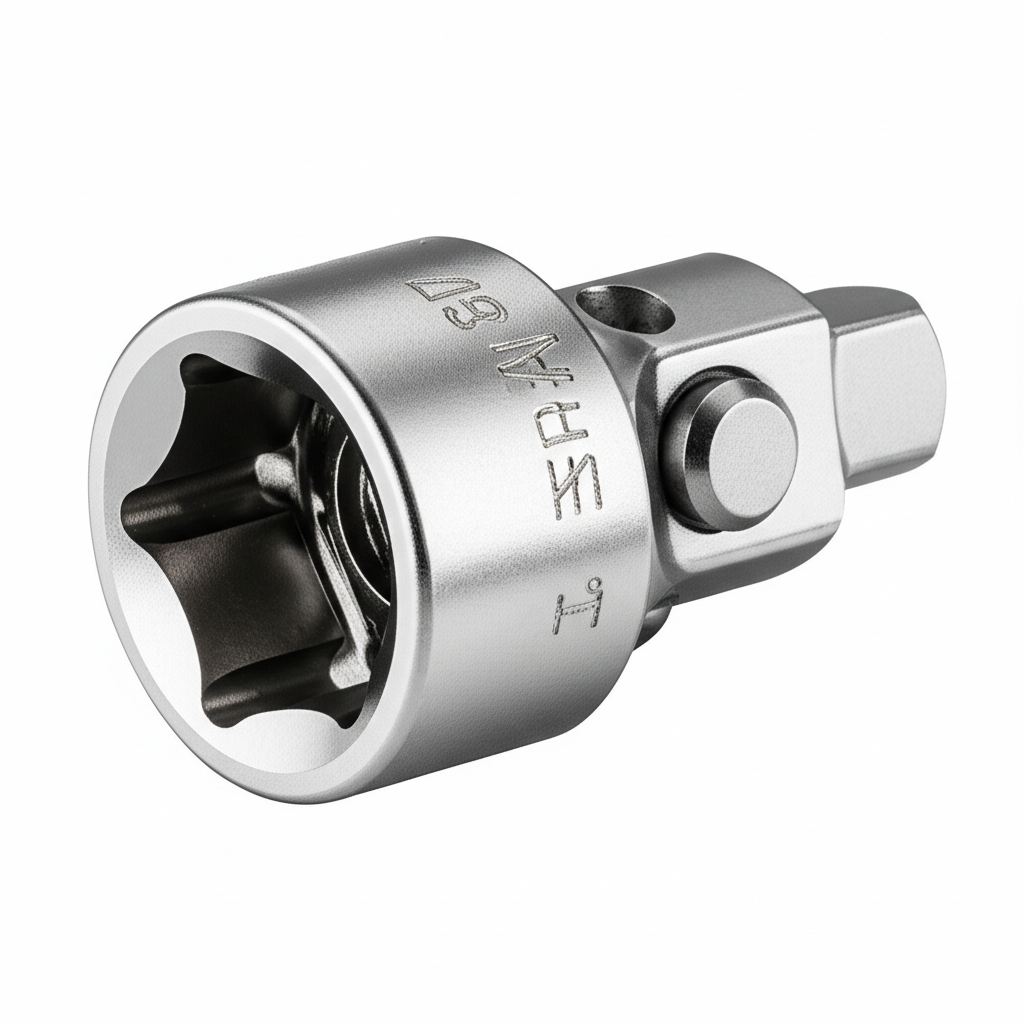
FAQs About Drive Universal Joint Sockets
What is the difference between a universal joint and a CV joint?
A universal joint uses a cross shaft to allow angular movement, while a CV (constant velocity) joint maintains a consistent rotational speed at varying angles, making it ideal for front-wheel-drive vehicles.
Can a universal joint socket be repaired, or must it be replaced?
Minor issues like lubrication can be fixed, but severe wear or damage typically requires replacement to prevent system failure.
How do I determine the correct size of a universal joint socket for my vehicle?
Check your vehicle’s manual for specifications or consult a mechanic to ensure the joint matches the shaft size and torque requirements.
What are the signs that a universal joint socket needs replacement?
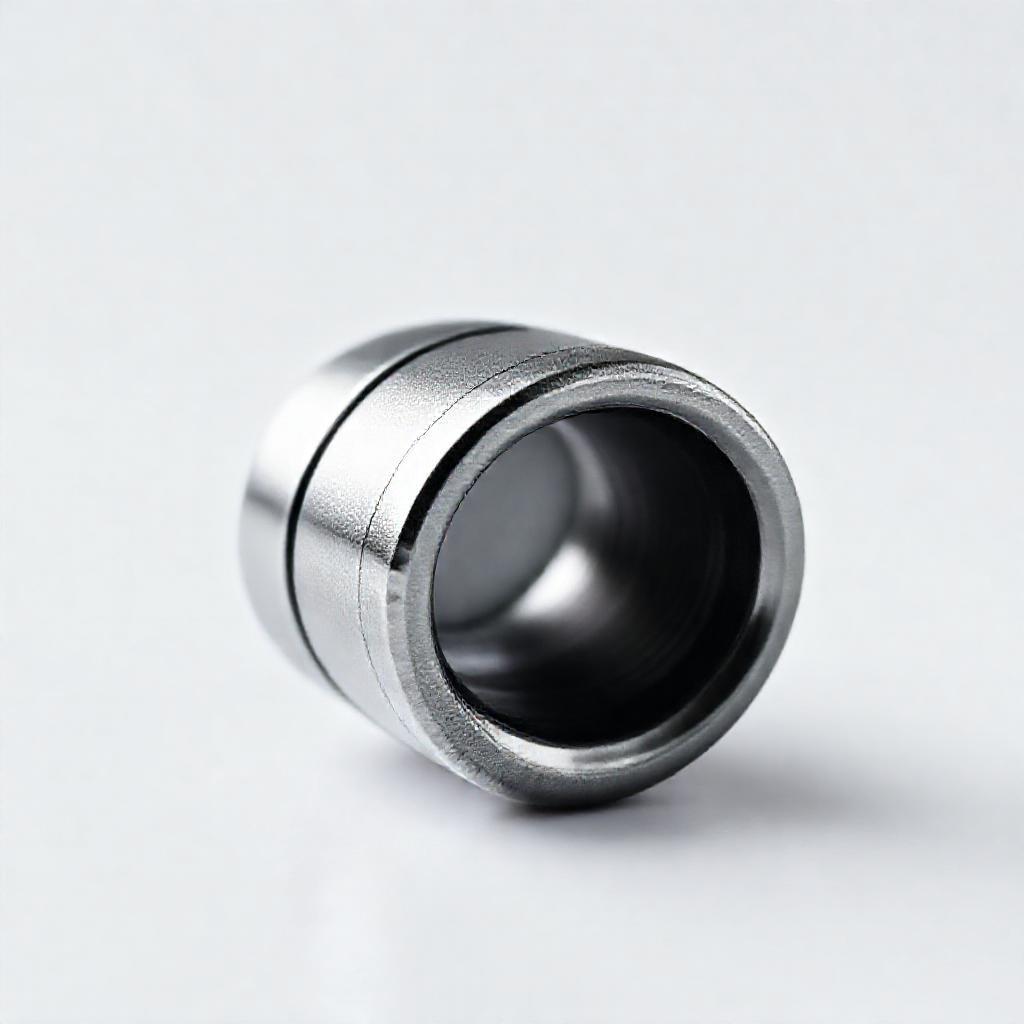
Look for excessive vibrations, grinding noises, or visible wear on the bearings or yokes.
Are universal joint sockets suitable for high-speed applications?
They can work in high-speed scenarios but may require specialized designs or additional balancing to prevent excessive wear.
—

